Jacobson goes on to describe the legacy of the Great Barrier Reef, from the impressive array of more than 6,000 species it harboured to the food and mineral resources it provided for the humans who lived next to it for 60,000 years.
The Great Barrier Reef’s obituary got me thinking about all the things we could find ourselves mourning as climate change takes its toll. From our favourite foods to our scenic coastlines and our most loveable species, even the people themselves who fall victim to the environmental impacts of a changing climate -There are millions of obituaries to write if we fail to act on climate.
The Guardian was quick to report that Jacobson over-exaggerated, explaining while the Reef is undoubtedly stressed, it is “not dead yet”’. They quoted a scientist criticising the obituary for its “fatalistic, doomsday approach to climate change that isn’t going to engage anyone and misinforms the public.” Nonetheless, I must admit that in spite of my natural affinity to optimism, I was both engaged and informed by Jacobson’s creative approach.
The Great Barrier Reef’s obituary forced us to reflect on what we might lose as a result of climate change and craftily included an option to donate to Ocean Ark Alliance “in lieu of flowers” as a call to act. It’s not unusual to mourn the passing of something before it’s totally gone and, perhaps by taking the time to honour its legacy, we become inspired to prevent further loss.
Living a life that lasts
I’ve been thinking about my own personal legacy too. I’ve sacrificed some economic opportunities because I believed addressing climate change was a more important legacy to leave my daughter, but there’s only so much one little environmental scientist can do and I know it won’t be enough to solve the problem. It struck me recently that my actions on this Earth will never be enough of a legacy to meet my high expectations. Thus, I’m taking the macabre spirit of my favourite holiday to think about my long-term legacy.
Legacy as a Friend of the Earth
| When I returned from my arctic expedition with Ben & Jerry’s Climate Change College in 2008, I became frustrated that the slow pace of climate action both in Ireland and globally would not be sufficient to stop the rapid melting of the cryosphere I witnessed on my trip. I was working in academia at the time but research moved too slowly and scientists were largely ignored by policy makers, so I knew it was not the place to build my legacy. I decided to volunteer in the environmental activist movement as a nimbler way of affecting necessary change. I joined the Board of Directors of Friends of the Earth (FoE) Ireland in 2009. Instantly, I felt part of something that could finally make a difference to our broken systems. At the time, FoE Ireland was pursuing national climate legislation, which it finally achieved last year. |
My early days on the FoE Ireland Board were spent dealing with the economic crisis that decimated so many Irish NGOs, but (thanks to heroic efforts by staff) FoE Ireland largely recovered and managed to continue great work on a shoestring budget. In addition to pioneering a climate law, I’ve watched FoE Ireland facilitate community ownership of renewable energy; protest trade agreements; develop climate smart agriculture guidelines; block fracking; fight for an Irish solar energy revolution; restore “environment” back into the Department of Energy, Environment, Climate and Communications; organise election hustings; improve recycling at Electric Picnic; educate the public on environmental issues; constantly push politicians for greater environmental action; and have a lot of fun in the process. It’s been an honour to be a small part of so many great campaigns to make Ireland a healthier place to live.
I also used the opportunity to secure my legacy too. We all have to die, so “the goal isn’t to live forever, but to create something that will.” So I asked the solicitor to include a simple clause in my will to insure Friends of the Earth Ireland gets a small percentage of my assets (technically called a residuary gift). I’ve seen a couple of small legacy gifts come in the doors of Friends of the Earth Ireland over the years and know what a God-send they’ve been, enabling FoE to do some extra good work that lacked funding.
Personally, it makes me feel good to know that when I’m done being a Friend of the Earth with an organisation I adore, I can still be a friend under the earth (cue the drums to accompany my dreadful attempt at humour!).
| In honor of Halloween, I’m sending out a call to action to ‘Live, Love, Laugh and Leave a Legacy’! Have a scary fun weekend and keep fighting the good fight! -Cara For details on how to make a legacy gift to Friends of the Earth Ireland, check out this simple guide. |

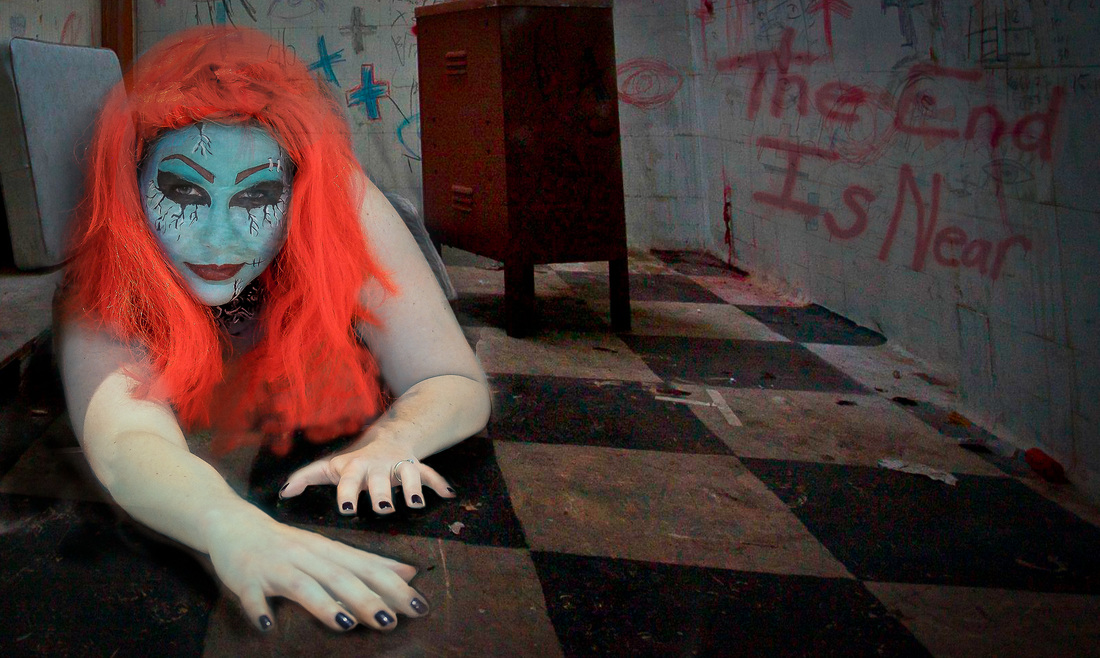

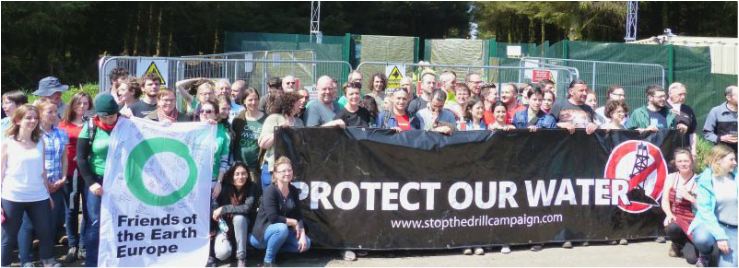

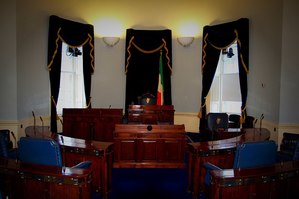
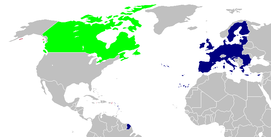
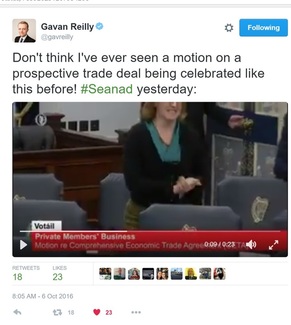
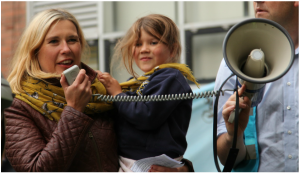
 RSS Feed
RSS Feed